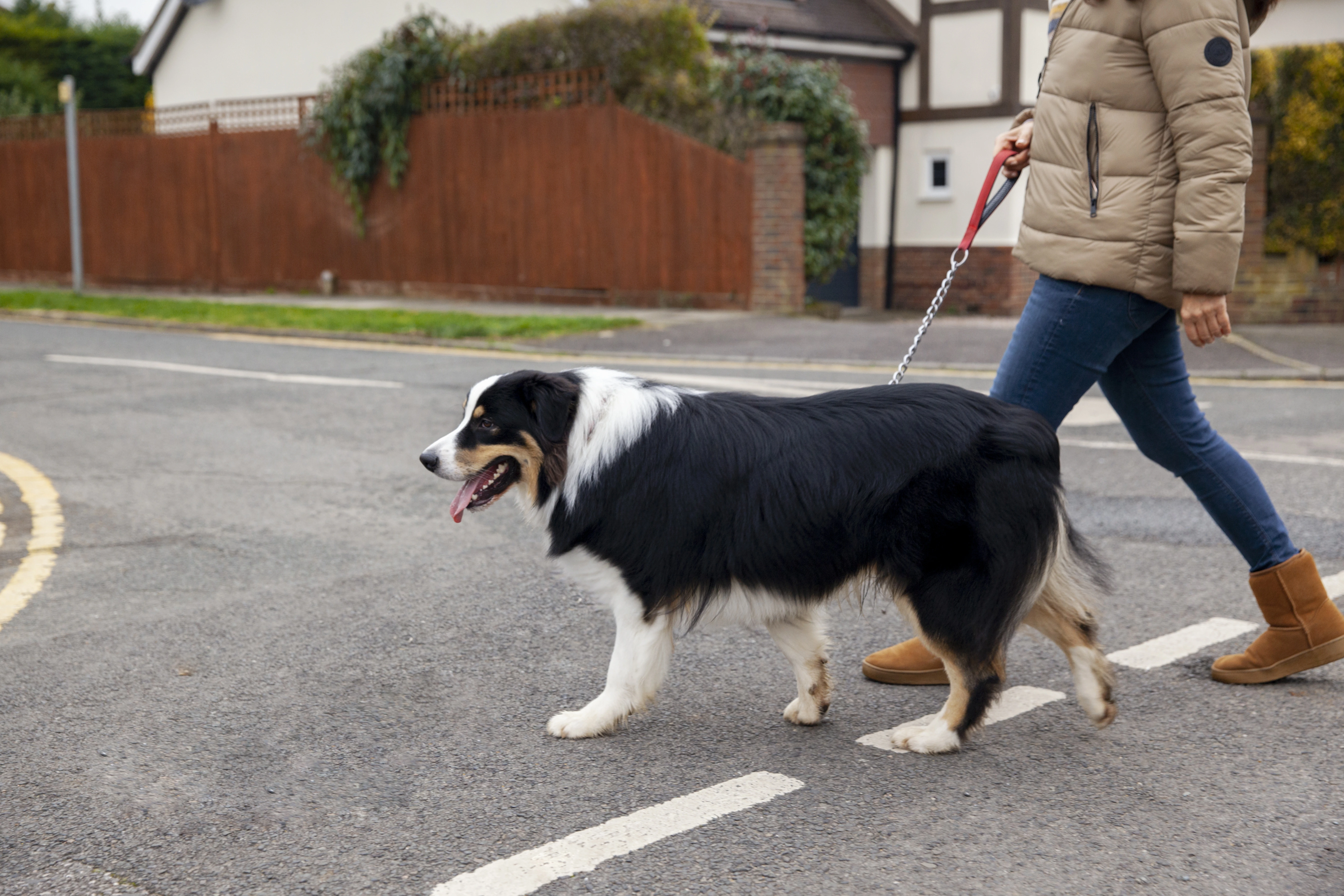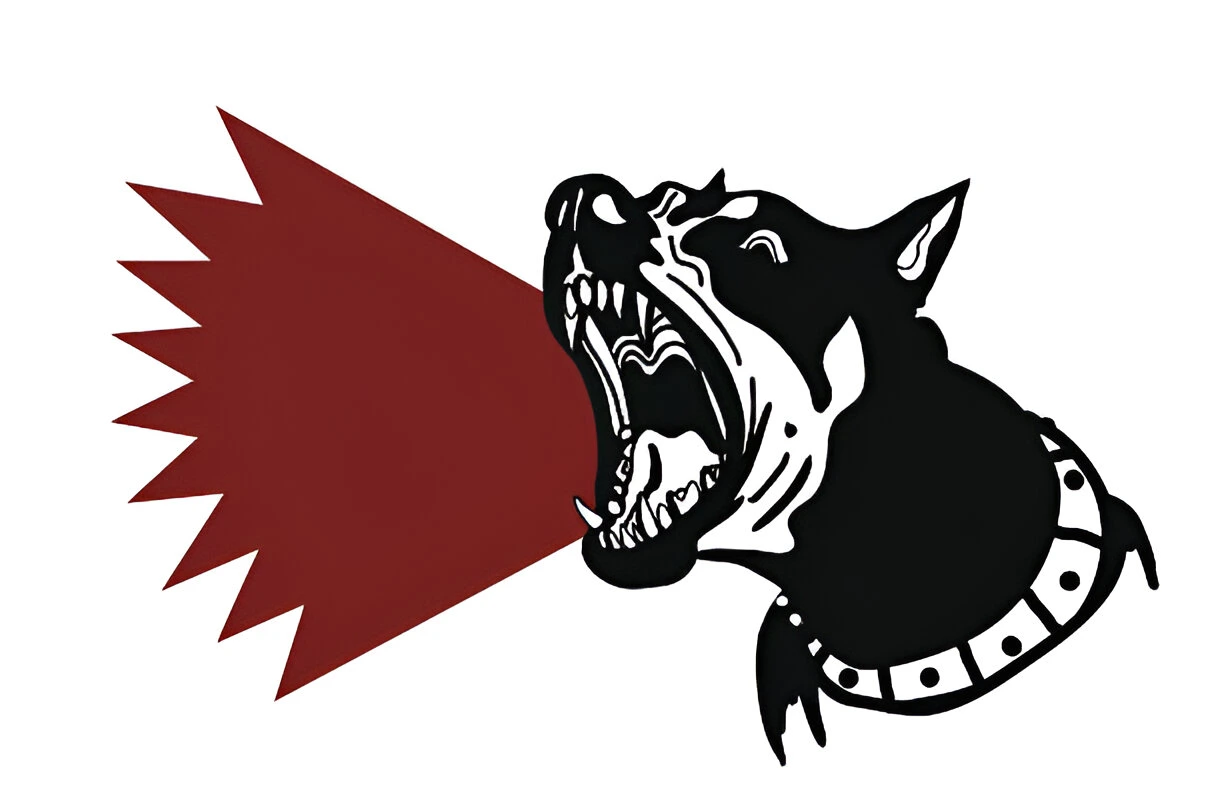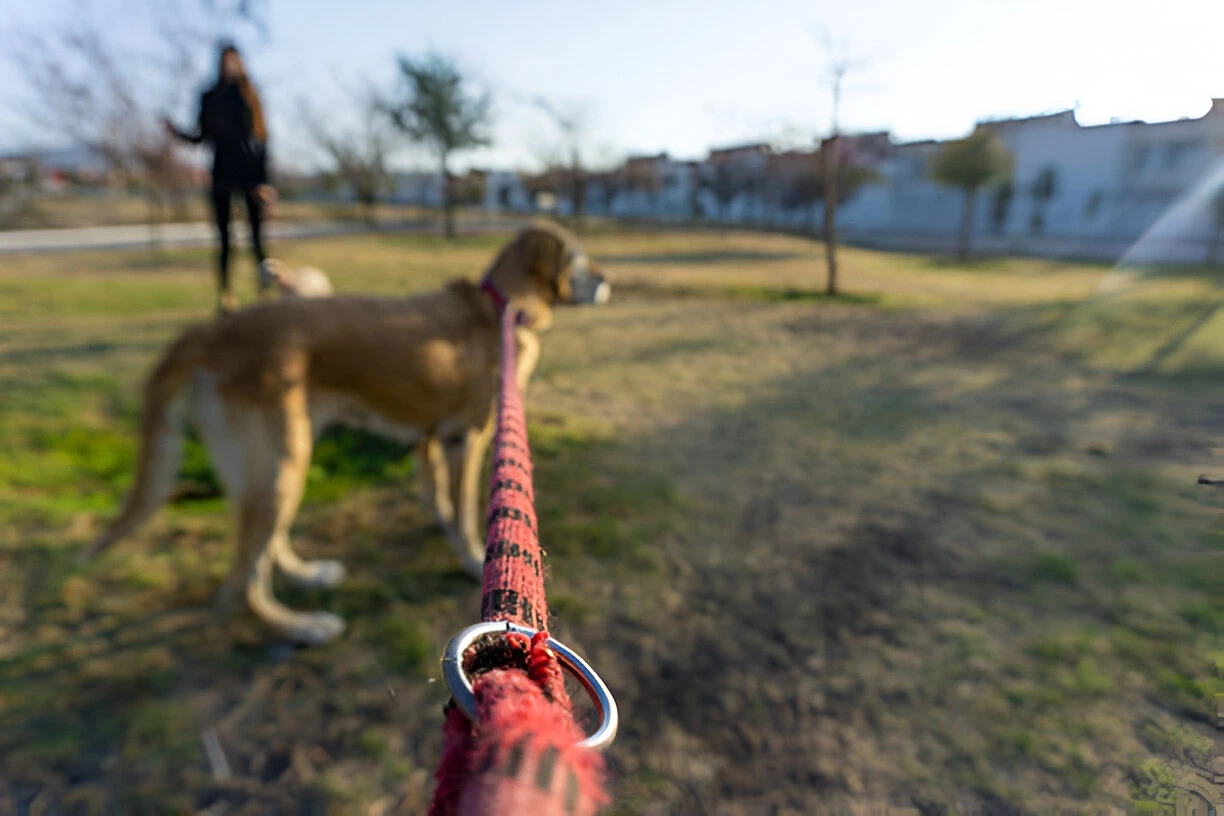How to Leash Train a Dog: The Trainer-Approved Way to Walk Your Dog Without Stress

Strong 8k brings an ultra-HD IPTV experience to your living room and your pocket.
Introduction
Walking your dog should be an enjoyable experience, not a stressful one. However, without proper training, walks can become frustrating due to pulling, stopping, or distractions. If you're wondering how to leash train a dog, you’re in the right place. Leash training is an essential skill that every dog owner should teach to ensure safety, discipline, and an overall pleasant walking routine.
Why Leash Training is Important
Leash training helps create a well-behaved dog that walks calmly without dragging its owner. It ensures safety, improves control, and enhances the bonding experience between you and your pet. Additionally, proper leash training minimizes the risk of accidents and aggressive behaviors when encountering other animals or people.
Understanding Leash Training
What is Leash Training?
Leash training is the process of teaching your dog to walk politely on a leash without pulling, stopping excessively, or lunging. It benefits both the owner and the dog, creating a smoother, stress-free walking experience.
When to Start Leash Training
The best time to start leash training is during puppyhood, around 8–10 weeks old. However, older dogs can also be trained with patience and consistency.
Choosing the Right Equipment
Types of Dog Leashes
- Standard Leash: Best for beginners, provides control.
- Retractable Leash: Allows freedom but can encourage pulling.
- Hands-Free Leash: Ideal for jogging or multitasking.
- Selecting the Right Collar or Harness
- Flat Collar: Good for well-behaved dogs.
- Martingale Collar: Helps prevent slipping.
- Harness: Recommended for dogs prone to pulling.
Step-by-Step Guide to How to Leash Train a Dog
Step 1 – Introduce the Leash and Collar
Let your dog wear the leash and collar indoors to get comfortable before taking them outside. Reward them for calm behavior.
Step 2 – Start Indoors
Practice short walks inside to reduce distractions and help your dog feel secure. Keep sessions short and positive.
Step 3 – Teach Basic Commands
Introduce commands like "Heel," "Stay," and "Come" to build a strong foundation. Reward compliance with treats and praise.
Step 4 – Practice in a Controlled Environment
Use a fenced yard or quiet space to reinforce leash manners before heading to public areas. Keep practicing until your dog follows commands reliably.
Step 5 – Address Pulling Behavior
If your dog pulls, stop walking immediately. Wait until they stop pulling before continuing. Consistency is key to reinforcing good habits.
Step 6 – Take Short Walks Outdoors
Gradually introduce distractions while keeping sessions short and rewarding good behavior. Increase walk duration as your dog improves.
Step 7 – Consistency and Positive Reinforcement
Use treats, verbal praise, and gentle corrections to encourage proper leash manners. Training should always be a positive experience.
Common Leash Training Mistakes to Avoid
- Yanking the leash: This can cause fear and aggression.
- Inconsistent commands: Confusing signals slow down training progress.
- Using punishment instead of rewards: Positive reinforcement works best for long-term success.
Troubleshooting Leash Training Issues
My Dog Pulls Too Much
If your dog pulls constantly, try using a front-clip harness or stopping every time they pull. Reward loose leash walking.
My Dog is Scared of the Leash
Introduce the leash gradually with treats and encouragement. Let them drag it around indoors before attempting outdoor walks.
My Dog Gets Distracted Easily
Use high-value treats to keep their focus. Start in quiet areas and gradually expose them to more distractions.
Advanced Leash Training Techniques
- Off-leash training basics: Only attempt this in safe, enclosed spaces.
- Teaching your dog to walk without pulling: Reward loose leash walking frequently.
- Training with distractions: Slowly introduce new environments while reinforcing commands.
Conclusion
Learning how to leash train a dog takes time, patience, and consistency, but it’s essential for a happy and stress-free walking experience. By following these steps and avoiding common mistakes, you can train your dog to walk politely on a leash, making walks enjoyable for both of you.
FAQs
How long does leash training take?
It depends on the dog, but most dogs learn within a few weeks with consistent training.
What if my dog refuses to walk on a leash?
Start indoors, use treats, and encourage movement with positive reinforcement.
Is a harness better than a collar?
For dogs that pull, a harness provides better control without choking.
Can I leash train an older dog?
Yes! It may take more patience, but older dogs can learn new habits.
What should I do if my dog constantly pulls?
Stop walking when pulling occurs and reward loose leash walking.
Note: IndiBlogHub features both user-submitted and editorial content. We do not verify third-party contributions. Read our Disclaimer and Privacy Policyfor details.





